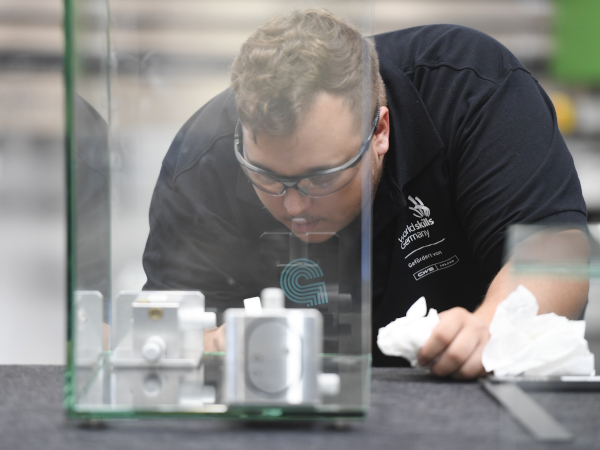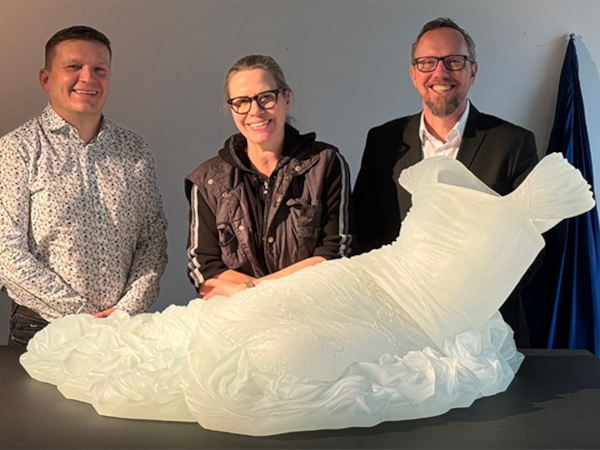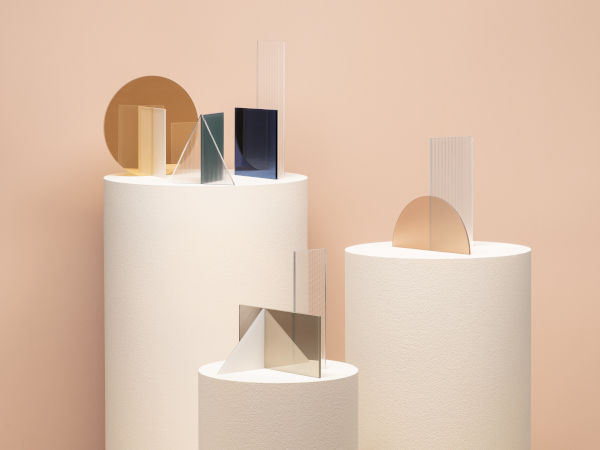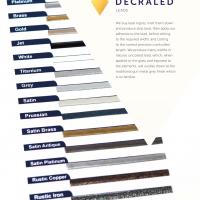Date: 6 December 2006
American artistic glass making was also dramatically altered during this era when there was a shift from making artistic glass in the factory to making it in an artist's studio; there was also the development of new perspectives on the use of glass in art.
Visitors to the Corning Gallery at Steuben Glass, 667 Madison Avenue, can explore this artistic revolution at the "Decades in Glass: The '60s," a visiting exhibition from The Corning Museum of Glass. The exhibit, which showcases the widespread burst of artistic activity that marked the early years of the American studio glass movement, will be on view through January 6.
During the 1950s, studio ceramics and other crafts began to gain popularity and importance; American artists interested in glass looked for new paths to explore. The catalyst for the development of studio glass was Harvey K. Littleton, a teaching ceramist at the University of Wisconsin in Madison. He eventually realized that his desire to develop studio glassblowing in America could become a reality after visiting the small, historic glasshouses of Italy and experiencing limited success with his own glassblowing experiments.
Littleton joined forces with the Toledo Museum of Art — the site of the "birth" of the American Studio Glass movement during two historic glassblowing workshops in March and June of 1962. Littleton subsequently started a glass program in the ceramics department at the university. Some of his early students were Dale Chihuly, Marvin Lipofsky and Fritz Dreisbach, all artists who have played seminal roles in raising the awareness of studio glass around the world and who took glassblowing in experimental and innovative directions.
But, to create something truly original, knowledge of how to work the material had to be obtained. American studio glass artists gradually shifted their attention to technique in the late 1960s, looking for guidance from Sweden, Czechoslovakia and especially Italy, countries famous for their glass-working expertise.
Originally an American phenomenon, the studio glass movement spread quickly to Europe and the United Kingdom, Australia and, more recently, Asia. The studio movement differs from other Twentieth Century art glass movements in its emphasis on the artist as designer and maker, its focus on the creating of one-of-a-kind objects and its international character. It is distinguished also by the sharing of technical knowledge and ideas among artists and designers.
Read the entire news on the source link below.









Add new comment